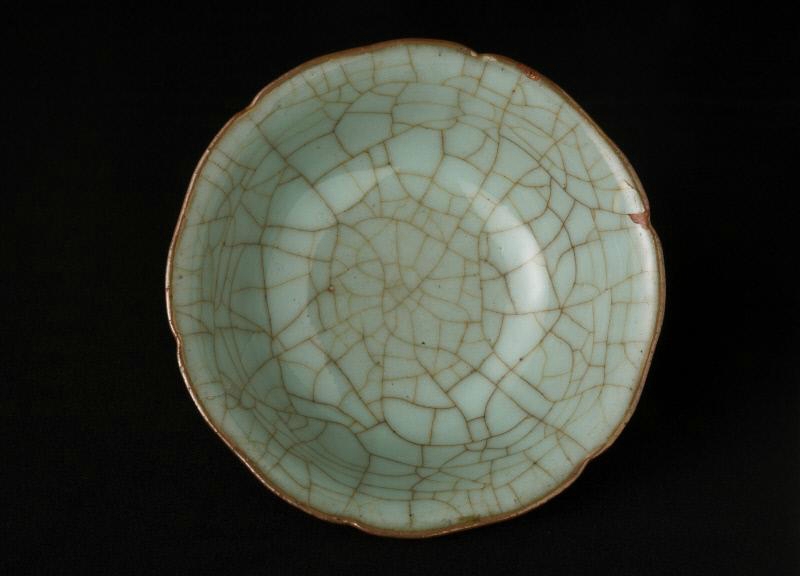
Lot 58251. Hermès 35cm Matte Nuage Alligator Birkin Bag with Palladium Hardware. R Square, 2014. Sold for $87,500. Photo Heritage Auctions
DALLAS, TX.- A collection of coveted Hermès handbags swept the top eight spots in Heritage Auctions' Holiday Luxury Accessories Auction Dec. 7-8 in Dallas, Texas. Hermès bags claimed 55 of the top 56 lots in the auction, which realized a total of $2,078,508.
"This was a good auction for us with strong prices being realized for leather bags, though the most exceptional and rare pieces are still selling the strongest," Heritage Auctions Consignment Director and Specialist for Luxury Accessories Max Brownawell said. "Collectors today are focusing more and more on obtaining what they cannot find elsewhere and curating their collections. They come to our auctions because we offer the best and rarest bags on the market."
A Hermès 35cm Matte Nuage Alligator Birkin Bag with Palladium proved to be the top lot, bringing in a winning bid of $87,500. The bag, with two rolled handles, Palladium hardware and a flap top with a turnlock closure, has an interior in matching Nuage Chevre leather with one zip pocket and one slip pocket and includes two keys, a lock and a clochette.
A Hermès Extraordinary Collection 32cm Diamond, Shiny Braise Porosus Crocodile Sellier Kelly Bag with 18-Karat White Gold Hardware took runner-up honors, realizing $75,000. The bag has a cadena lock made of 68.4 grams of 18-karat white gold and encrusted with 40 VVS F white round brilliant diamonds totaling 1.64 carats. The plaques feature 182 VVS F round brilliant diamonds, and the interior is done in braise chevre leather, featuring one zip pocket and two slip pockets.

Lot 58171. Hermès Extraordinary Collection 32cm Diamond, Shiny Braise Porosus Crocodile Sellier Kelly Bag with 18K White Gold Hardware. L Square, 2008. Sold for $75,000. Photo Heritage Auctions
Competitive bidding drove a Hermès 28cm Shiny Fuchsia Nilo Crocodile Sellier Kelly Bag with Palladium Hardware up to $45,000. The bag, done in shiny niloticus crocodile, has one top handle, one removable shoulder strap, palladium hardware and a flap top with a turnlock closure. The interior is done in matching fuchsia chevre leather, with one zip pocket and two adjacent slip pockets.

Lot 58144. Hermès 28cm Shiny Fuchsia Nilo Crocodile Sellier Kelly Bag with Palladium Hardware. J Square, 2006. Sold for $45,000. Photo Heritage Auctions
Others in the front running group of Hermès handbags were:

Lot 58104. Hermès 32cm Shiny Colvert Porosus Crocodile Sellier Kelly Bag with Gold Hardware. X, 2016. Sold for $43,750. Photo Heritage Auctions

Lot 58117. Hermès 32cm Shiny Bourgogne Nilo Crocodile Sellier Kelly Bag with Gold Hardware. X, 2016. Sold for $40,000. Photo Heritage Auctions

Lot 58223. Hermès Limited Edition 35cm Barenia Leather & Osier Wicker Picnic Kelly Bag with Palladium Hardware. O Square, 2011. Sold for $40,000. Photo Heritage Auctions

Lot 58267. Hermès Special Order 35cm Shiny Black & Ficelle Porosus Crocodile Birkin Bag with Gold Hardware. G Square, 2003. Sold for $36,250. Photo Heritage Auctions

Lot 58261. Hermès 25cm Black Nilo Lizard Birkin Bag with Palladium Hardware, K Square, 2007. Sold for $32,500. Photo Heritage Auctions
The only lot among the top 10 that was not a Hermès bag was a Chanel 18K White Gold, Diamond & Cultured Pearl Lady's Watch, which realized $31,250. The watch, which is made of 18-karat white gold, features a black onyx casing, 295 EFG-range diamonds weighing a total of 1.98 carats and a cultured pearl and diamond band with a clasp closure.

Lot 58262. Chanel 18K White Gold, Diamond & Cultured Pearl Lady's Watch. Sold for $31,250. Photo Heritage Auctions
Rounding out the top 10 – or top 11 – were a pair of handbags, each of which fetched a winning bid of $30,000. The first was a Hermès Limited Edition So Black Calf Box Leather Kelly Pochette Bag with PVD hardware, tying a Hermès 32cm Shiny Blue Saphir Alligator Sellier Kelly Bag with gold hardware.

Lot 58255. Hermès Limited Edition So Black Calf Box Leather Kelly Pochette Bag with PVD hardware. N Square, 2010. Sold for $30,000. Photo Heritage Auctions

Lot 5811. Hermès 32cm Shiny Blue Saphir Alligator Sellier Kelly Bag with gold hardware. E Square, 2001. Sold for $30,000. Photo Heritage Auctions






































